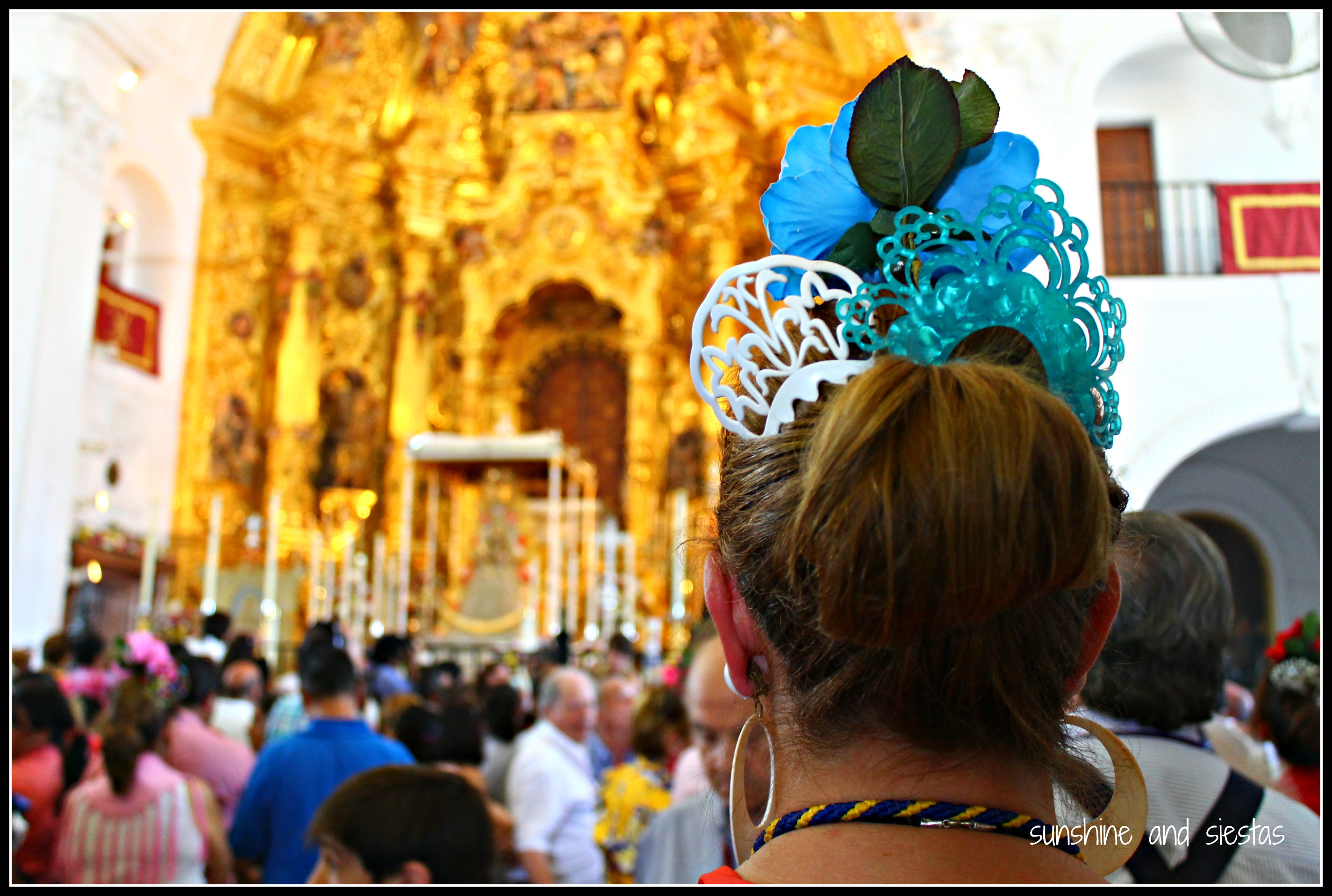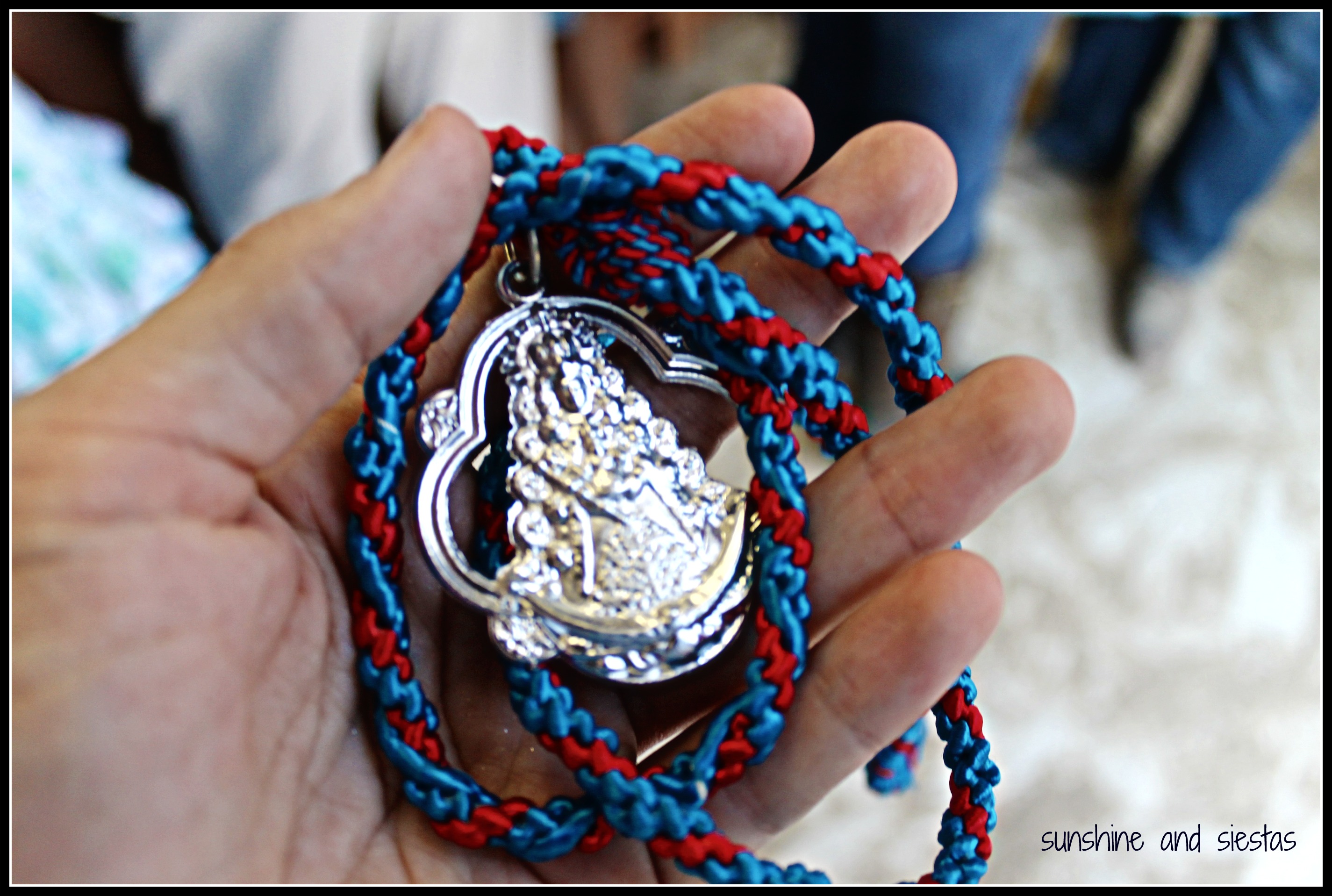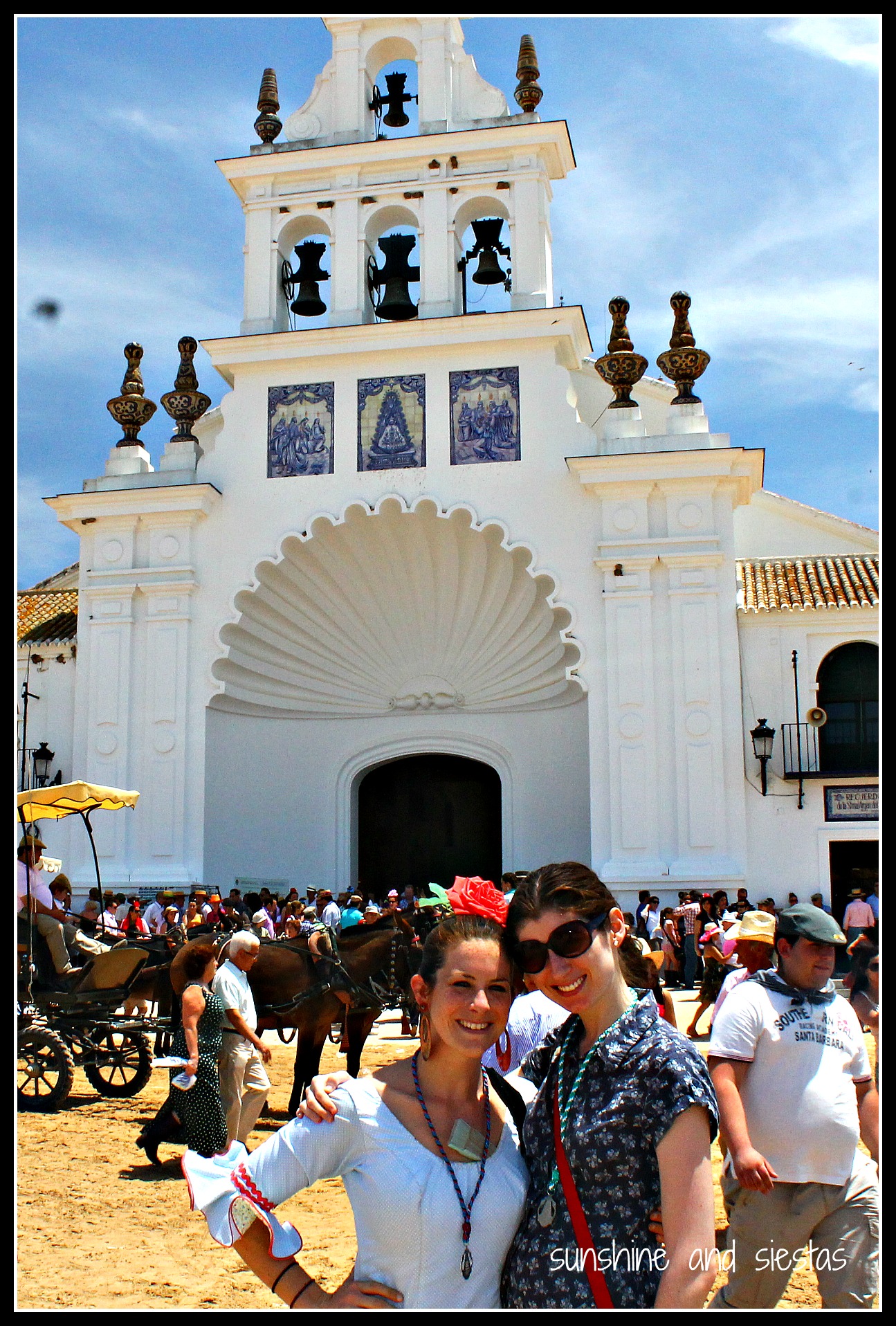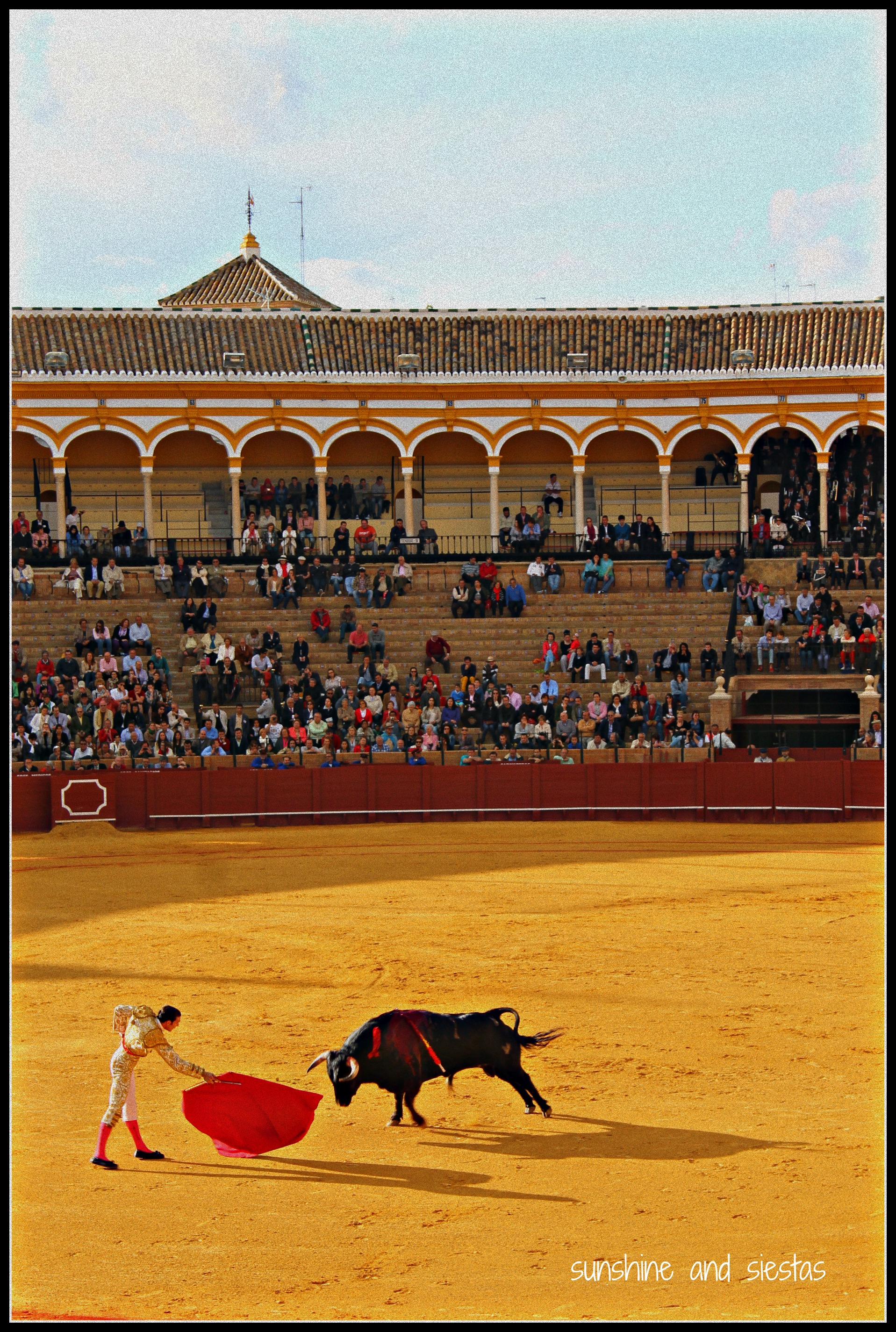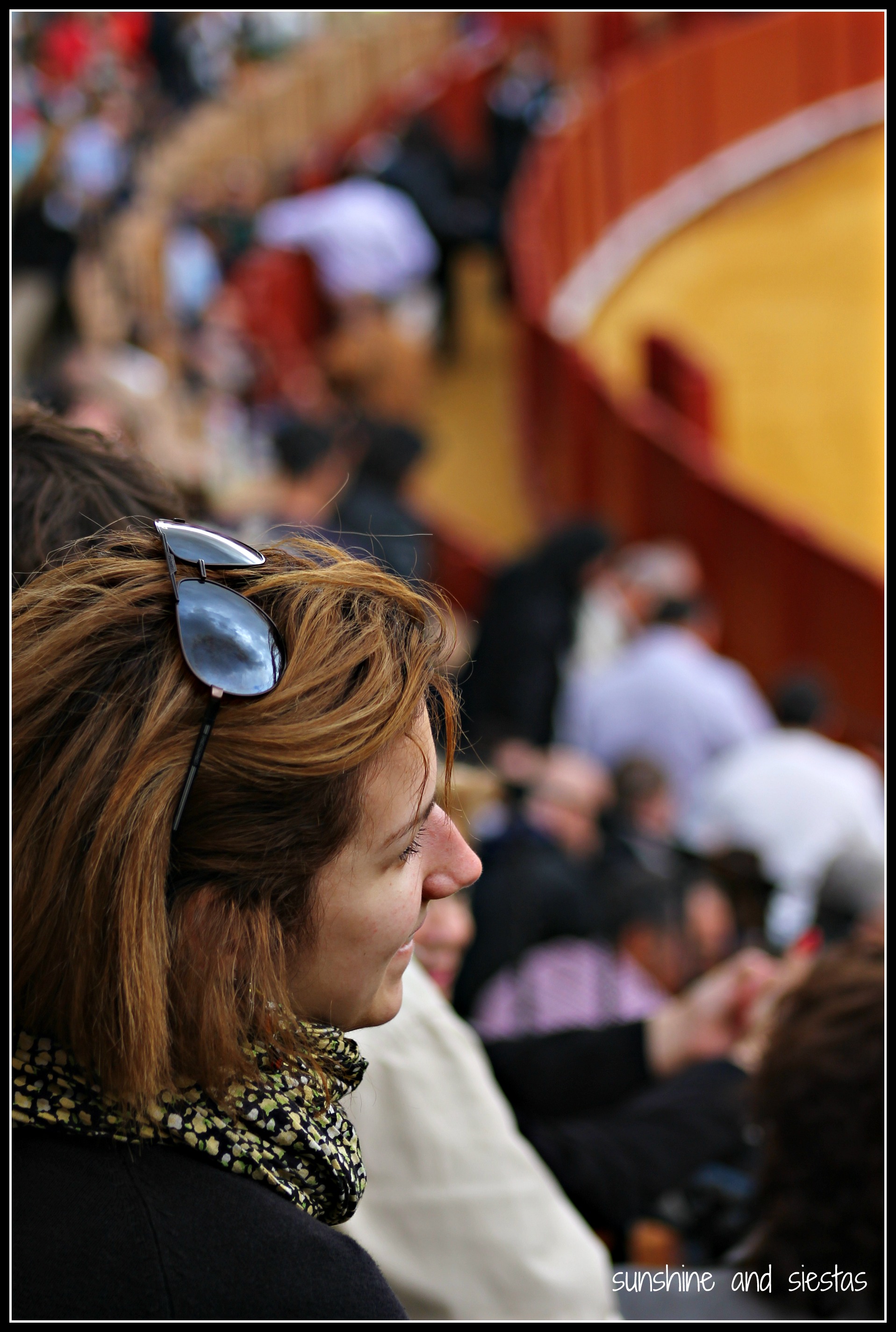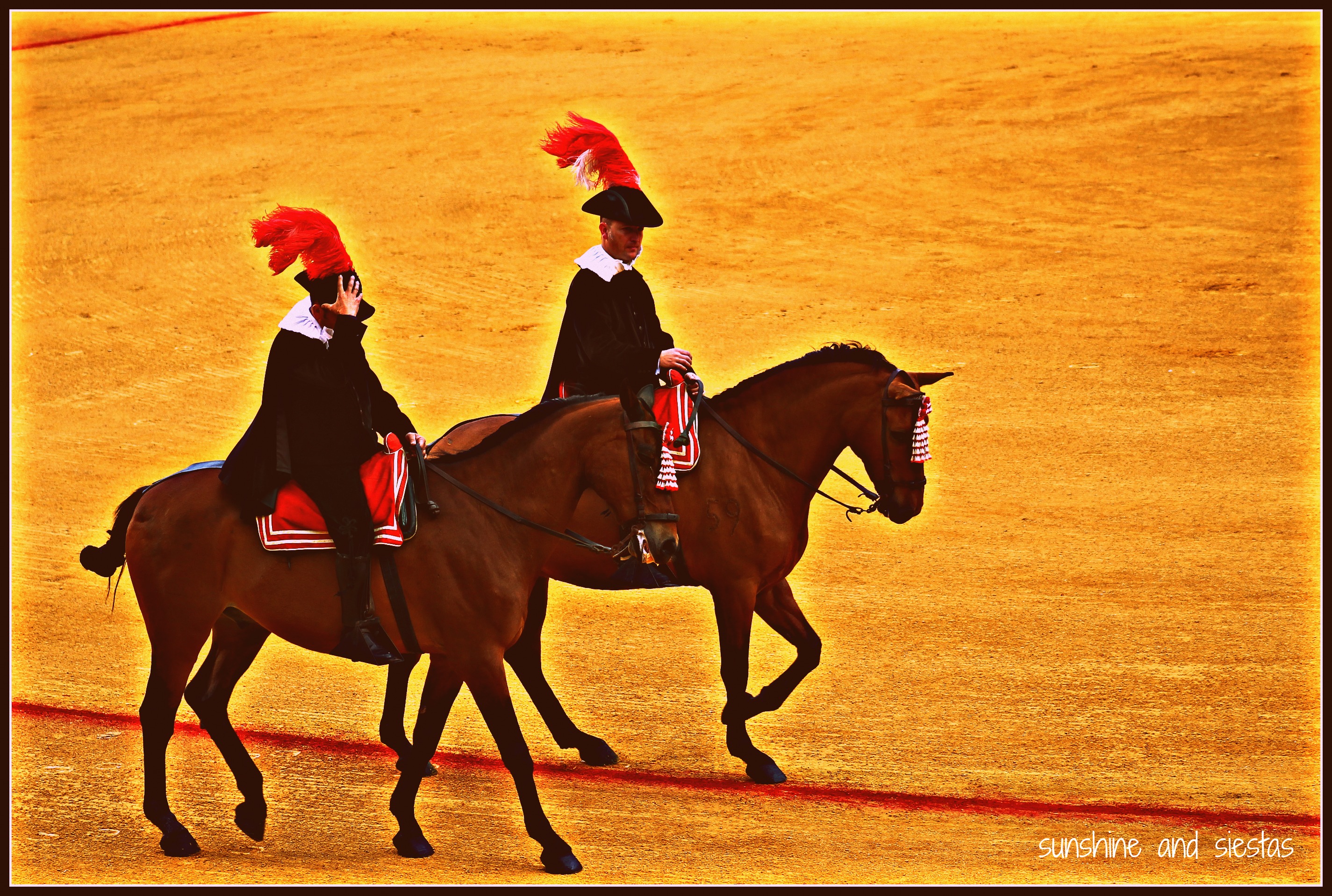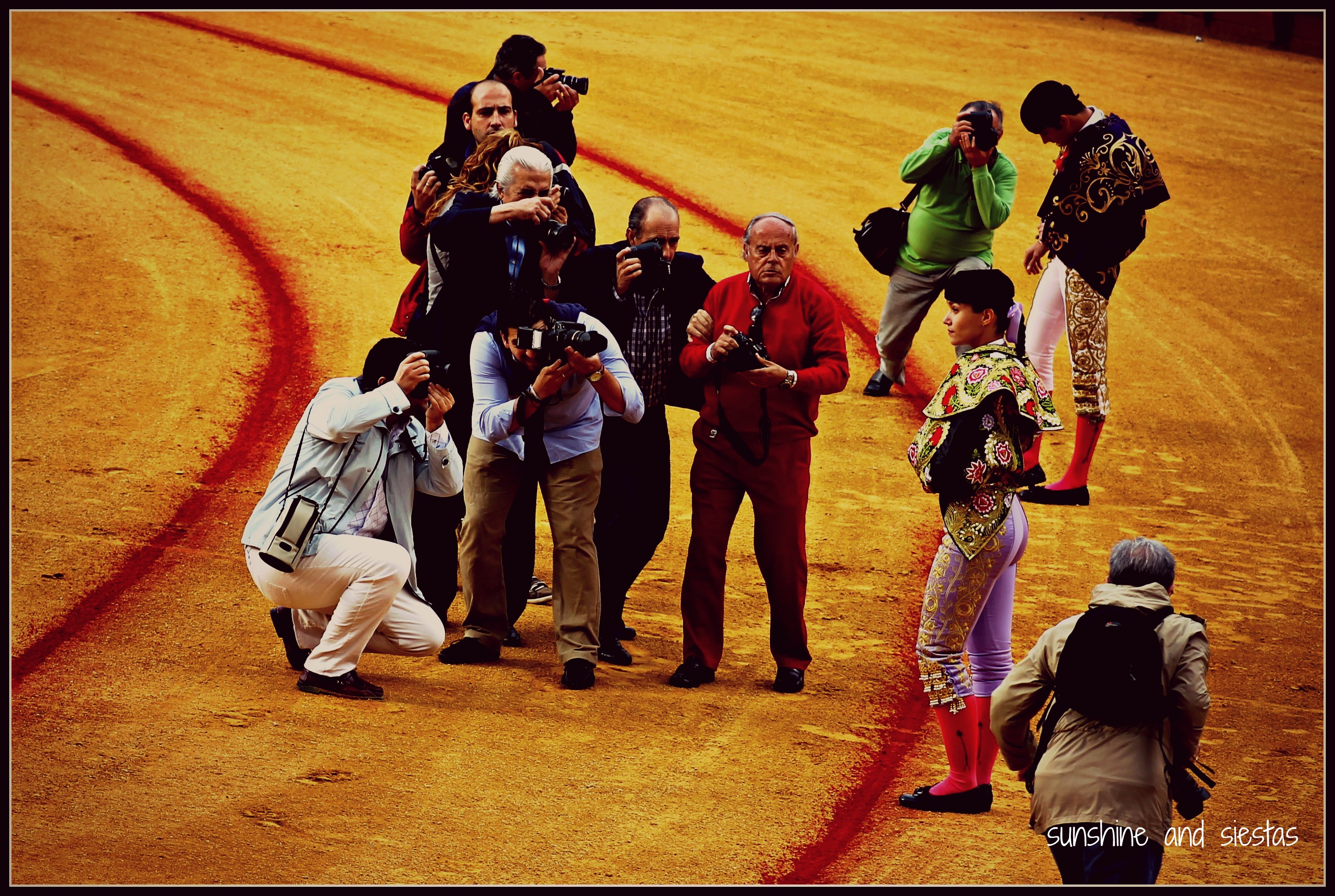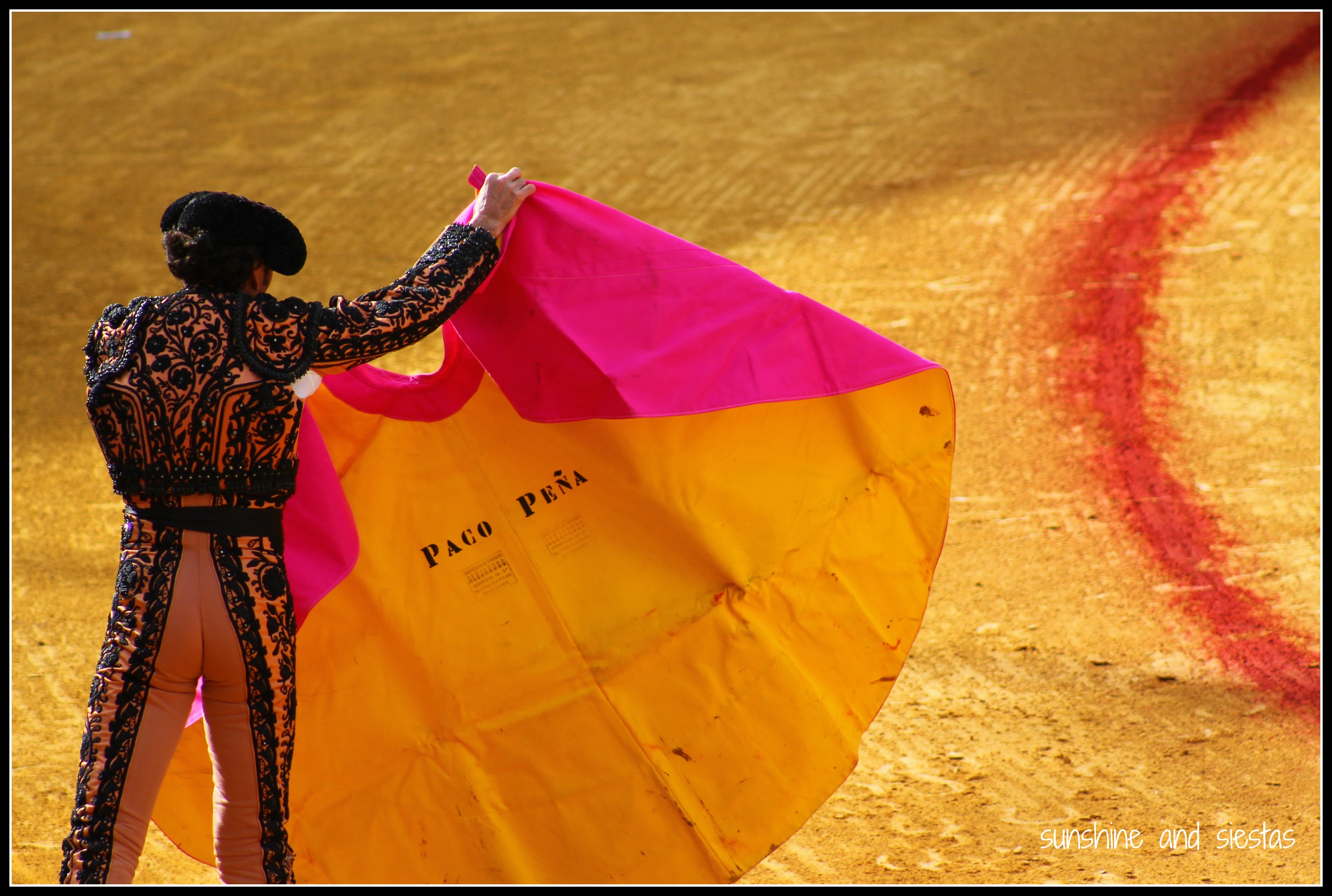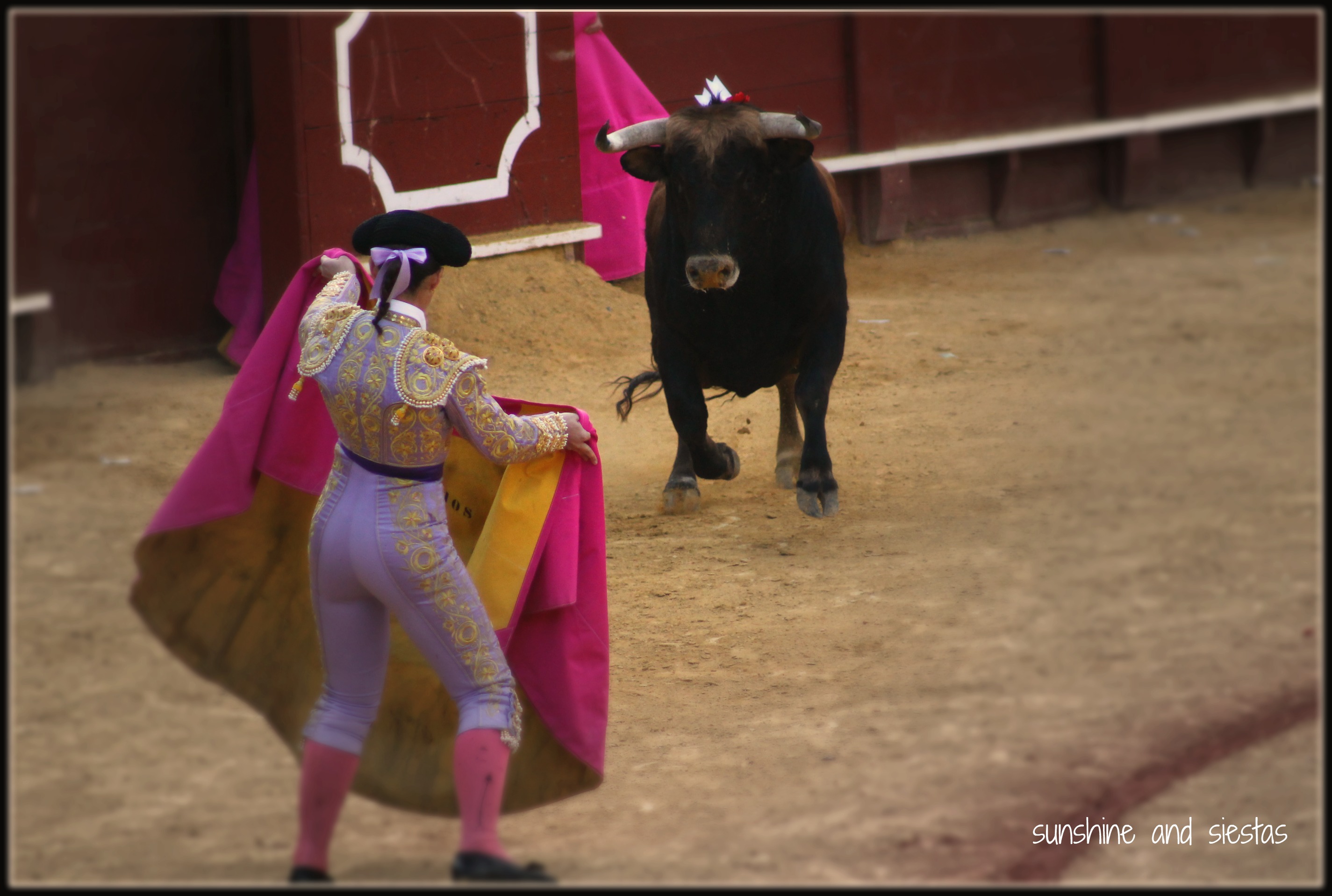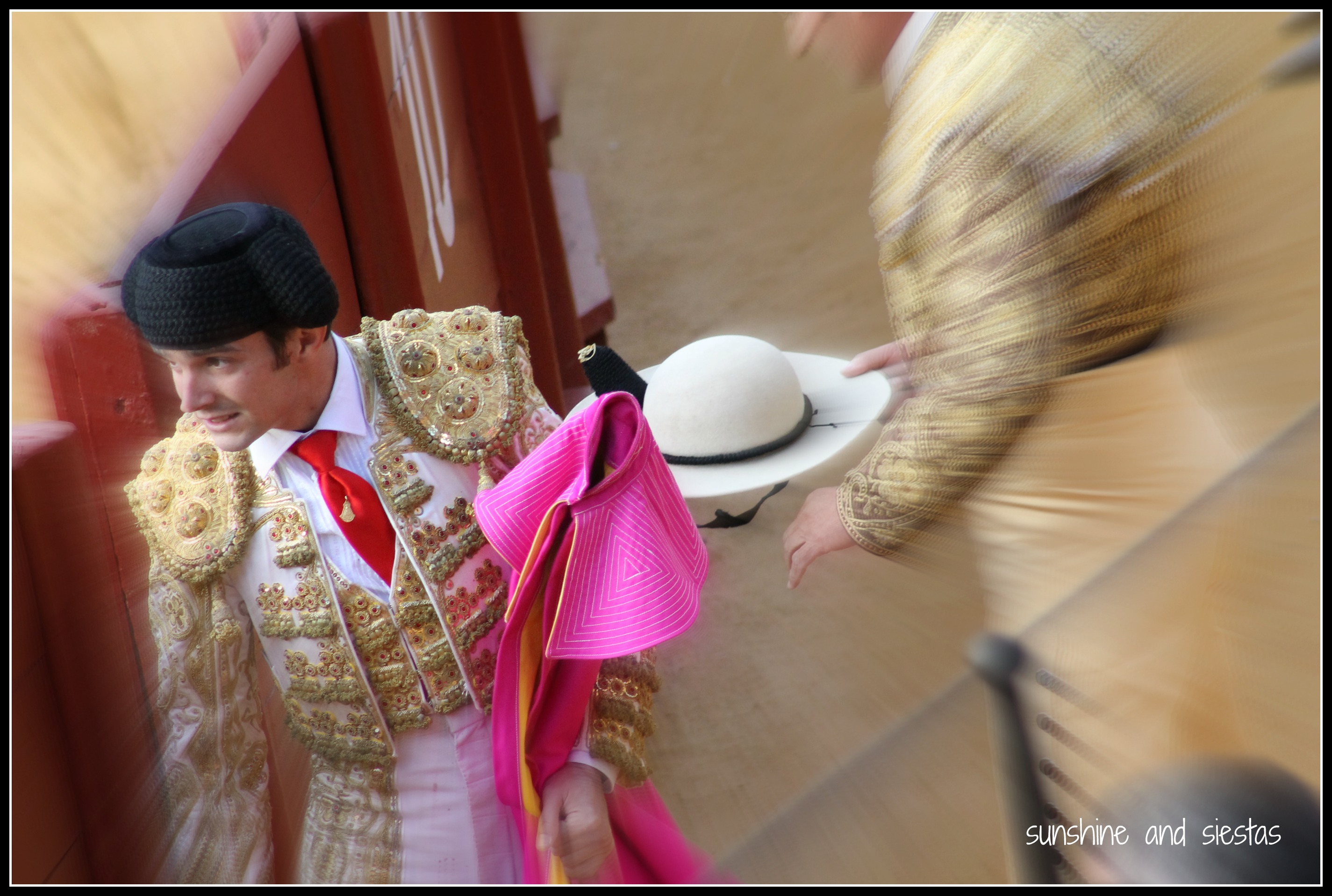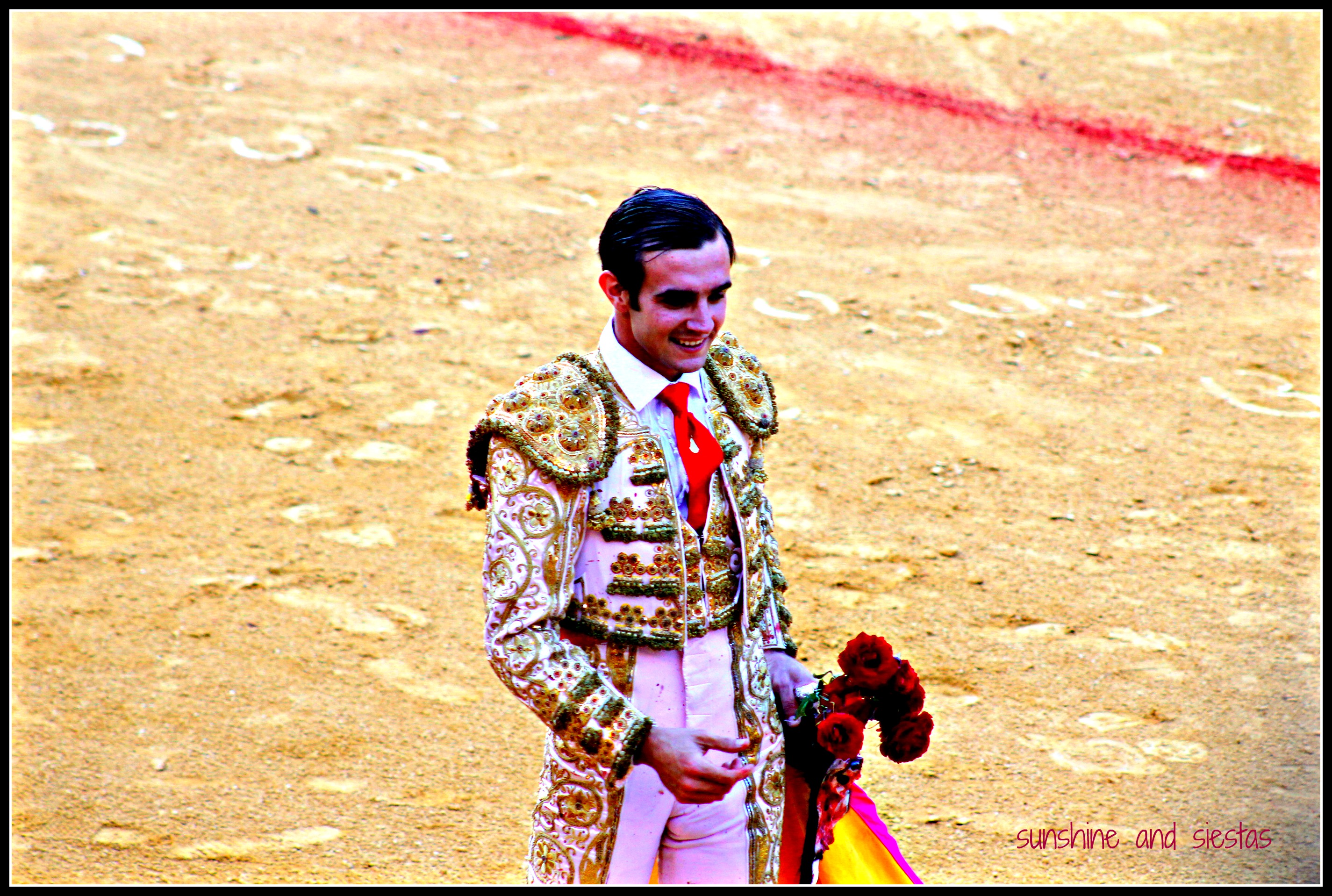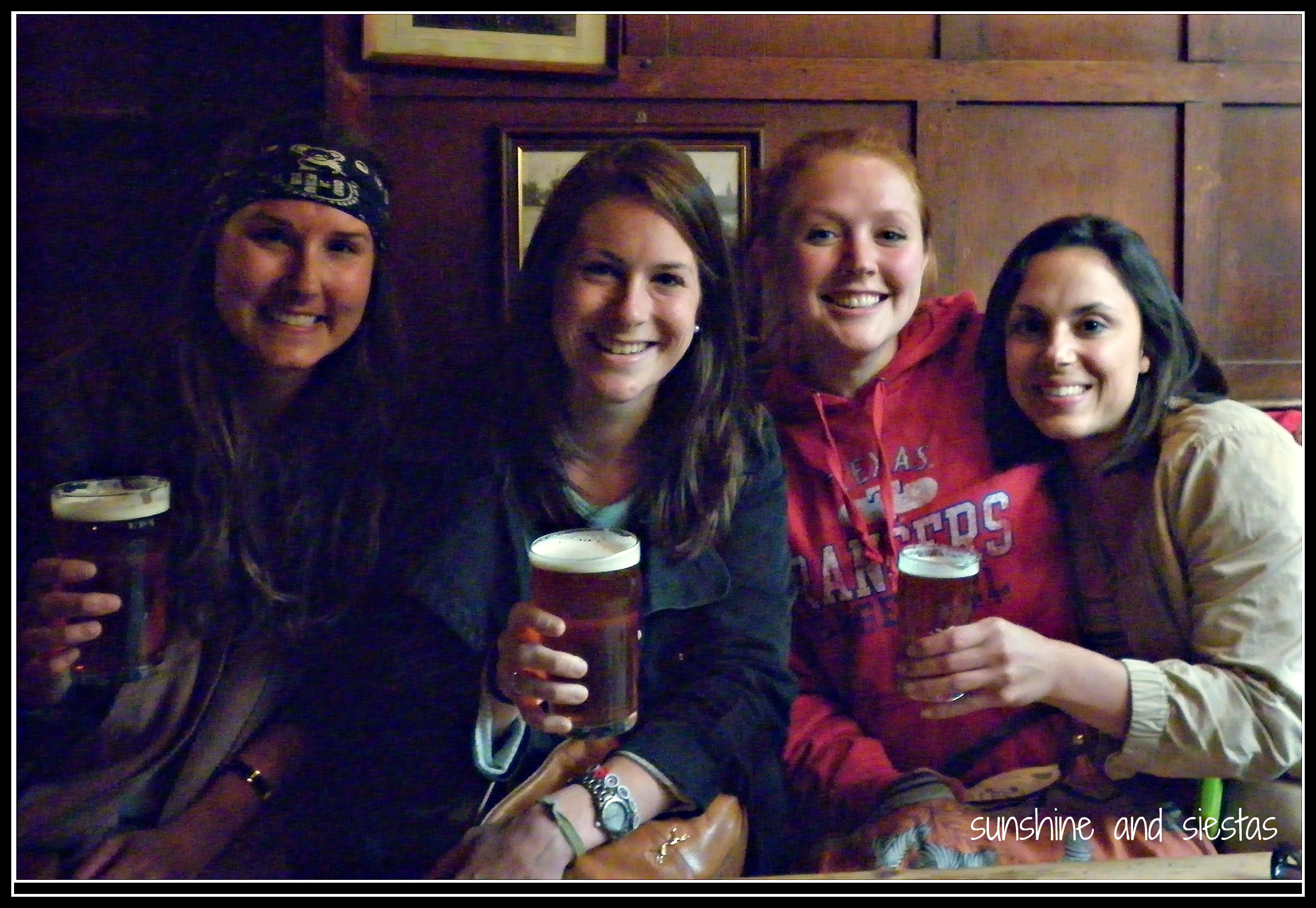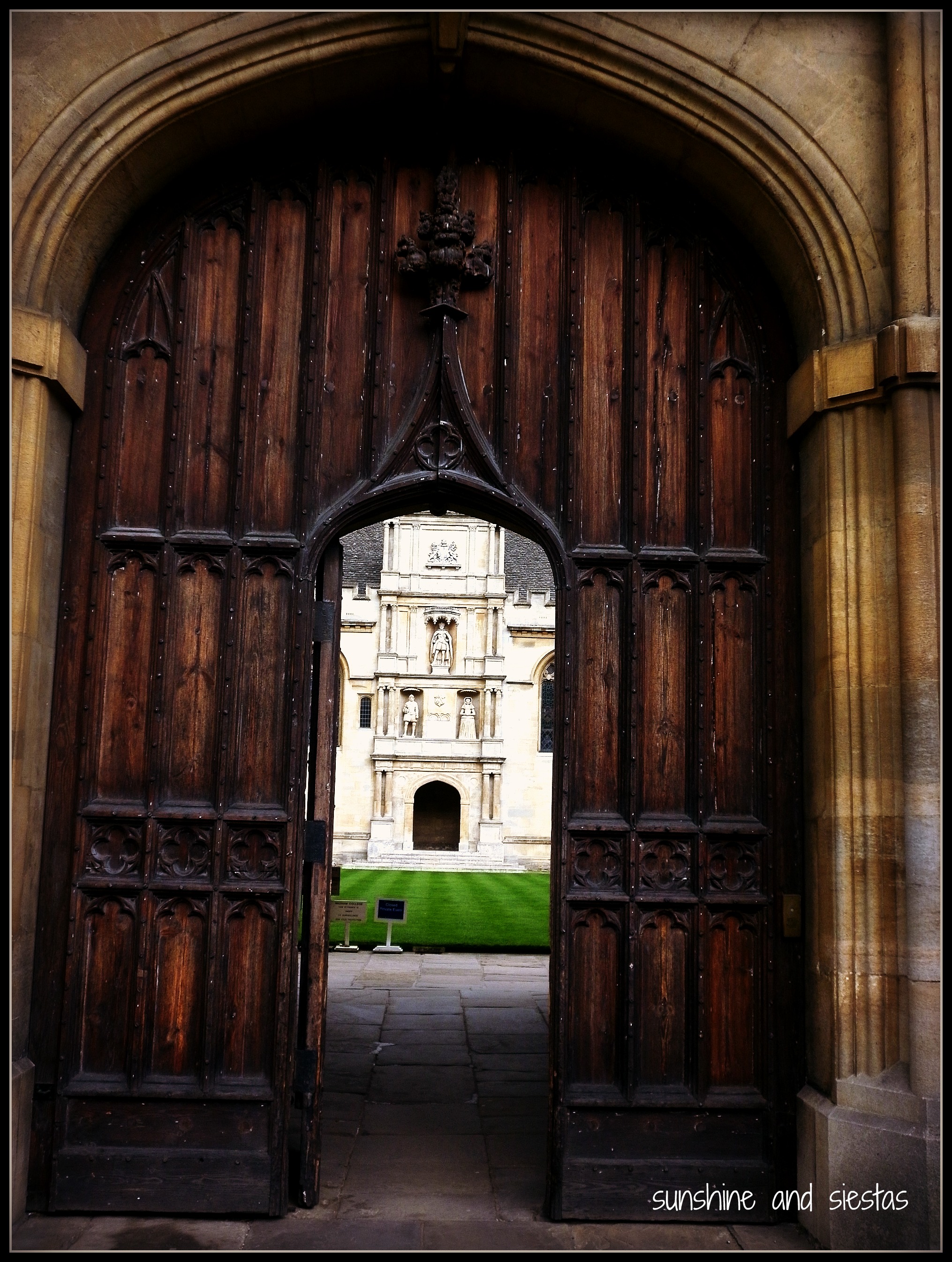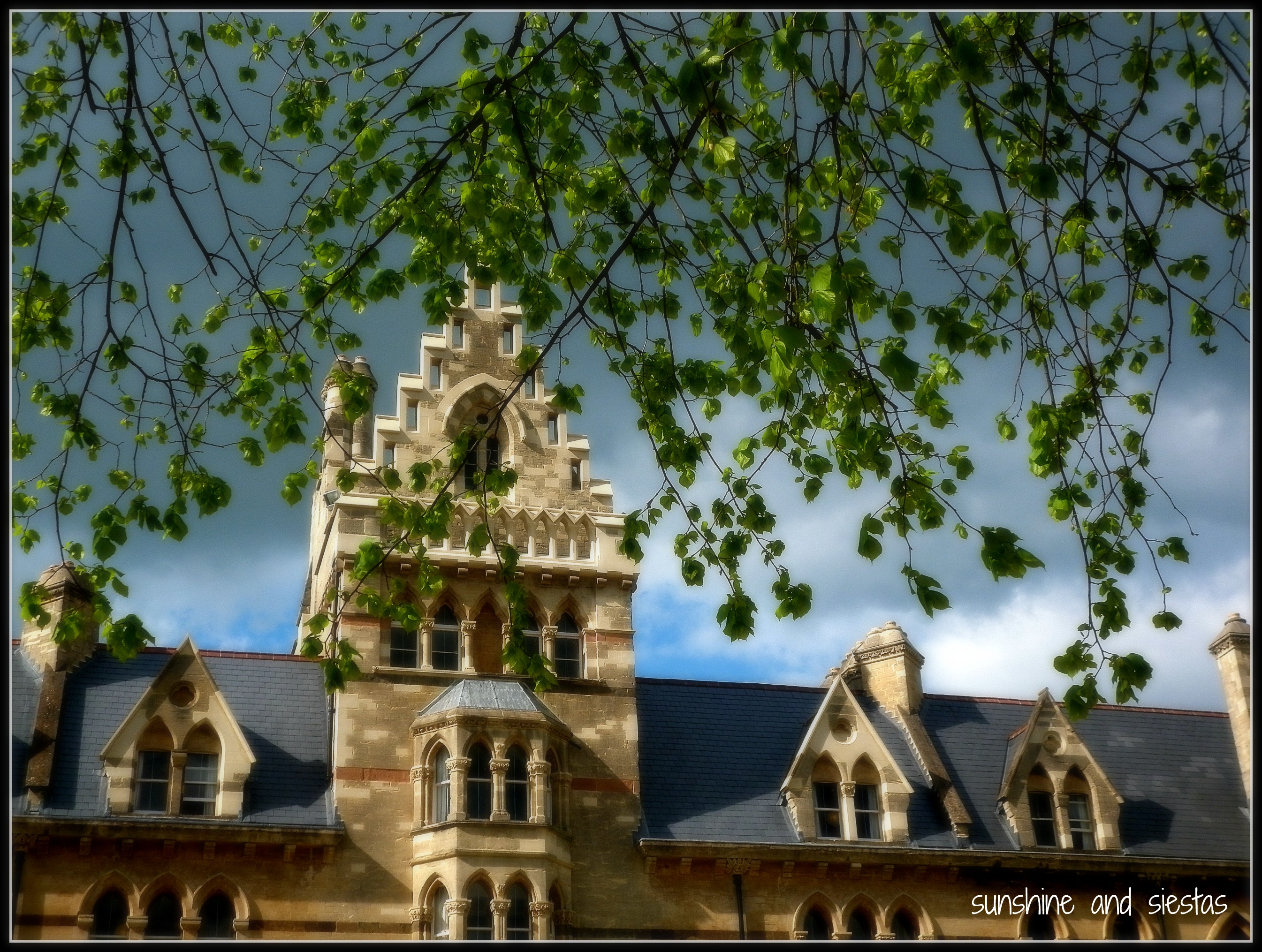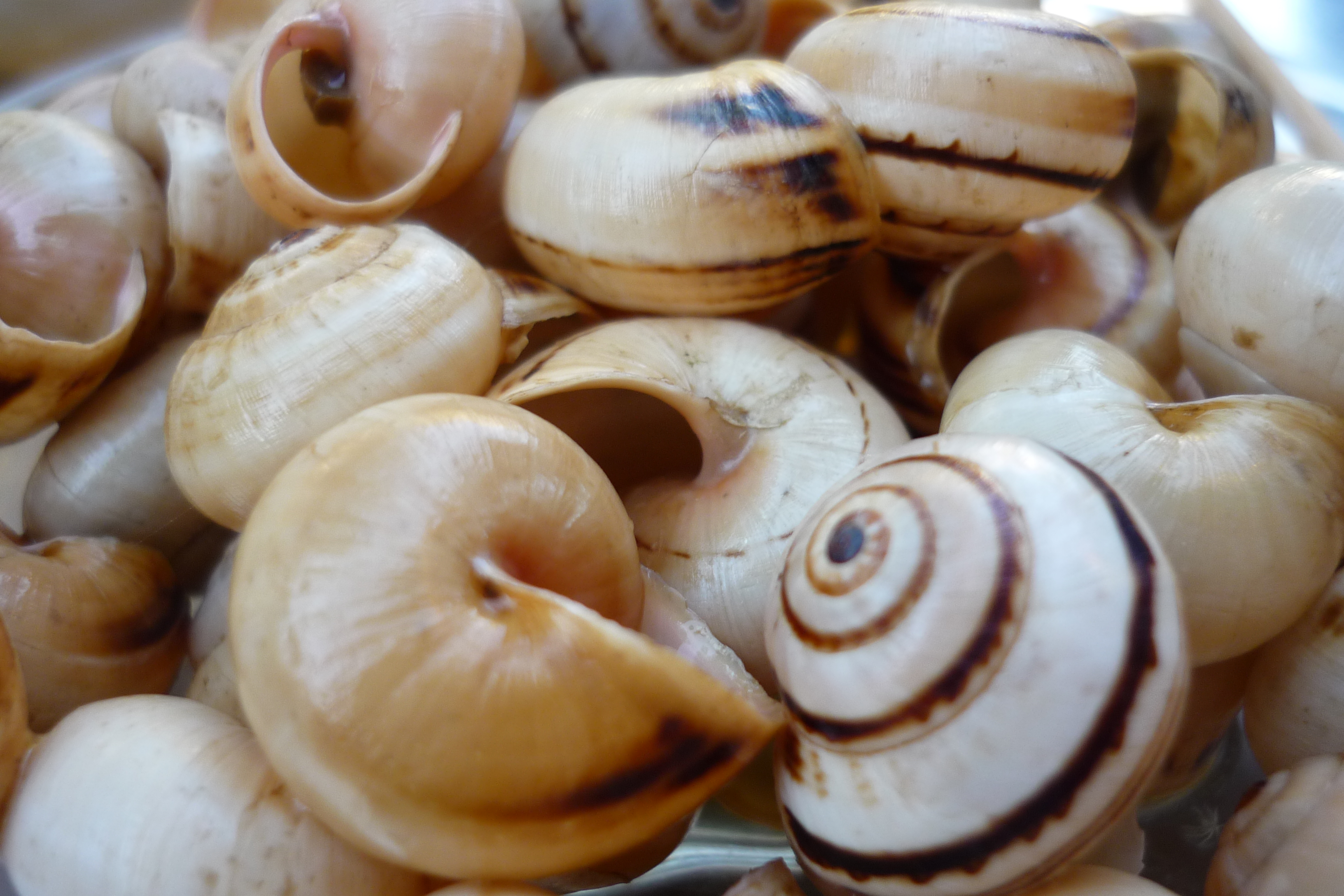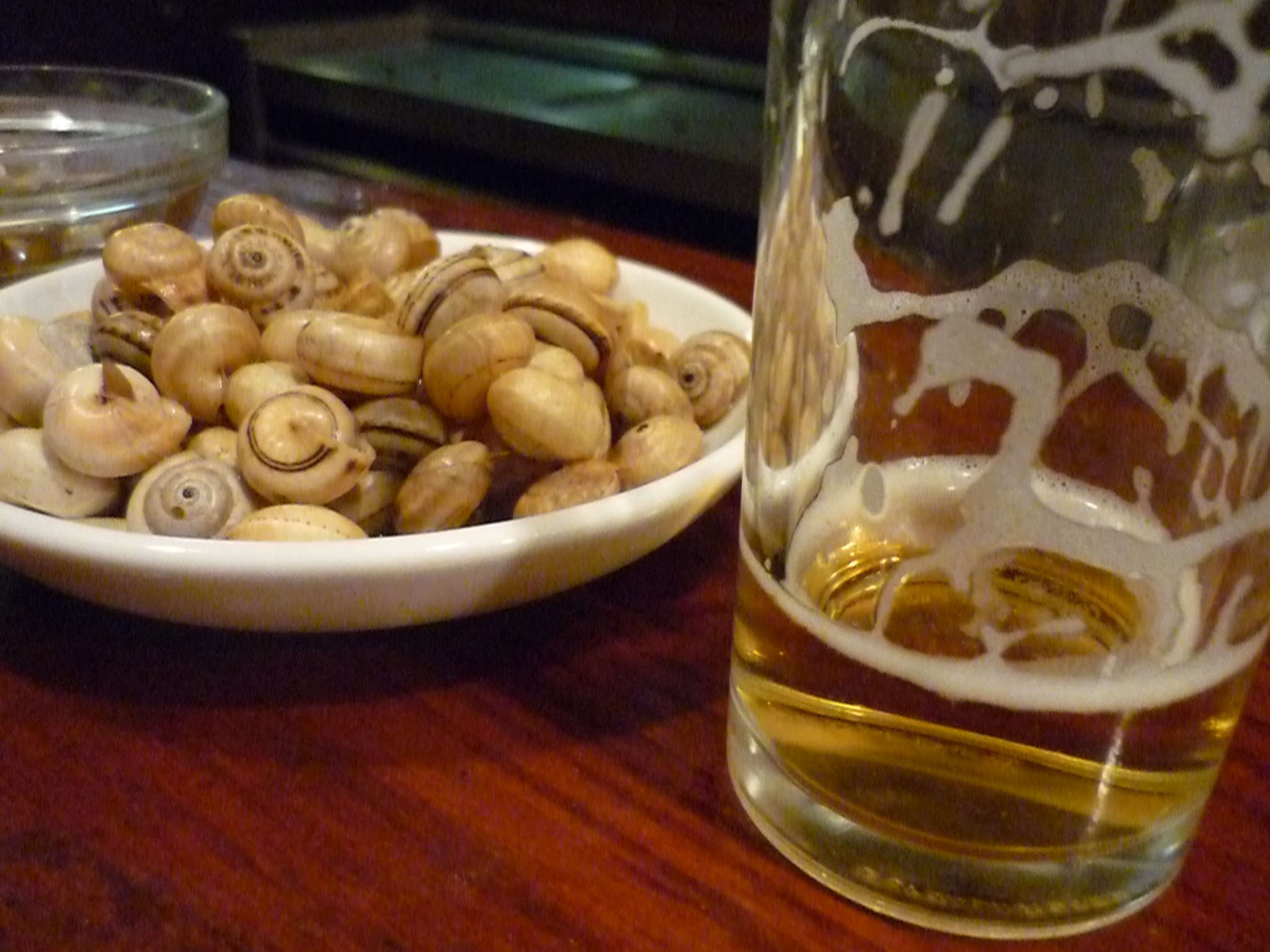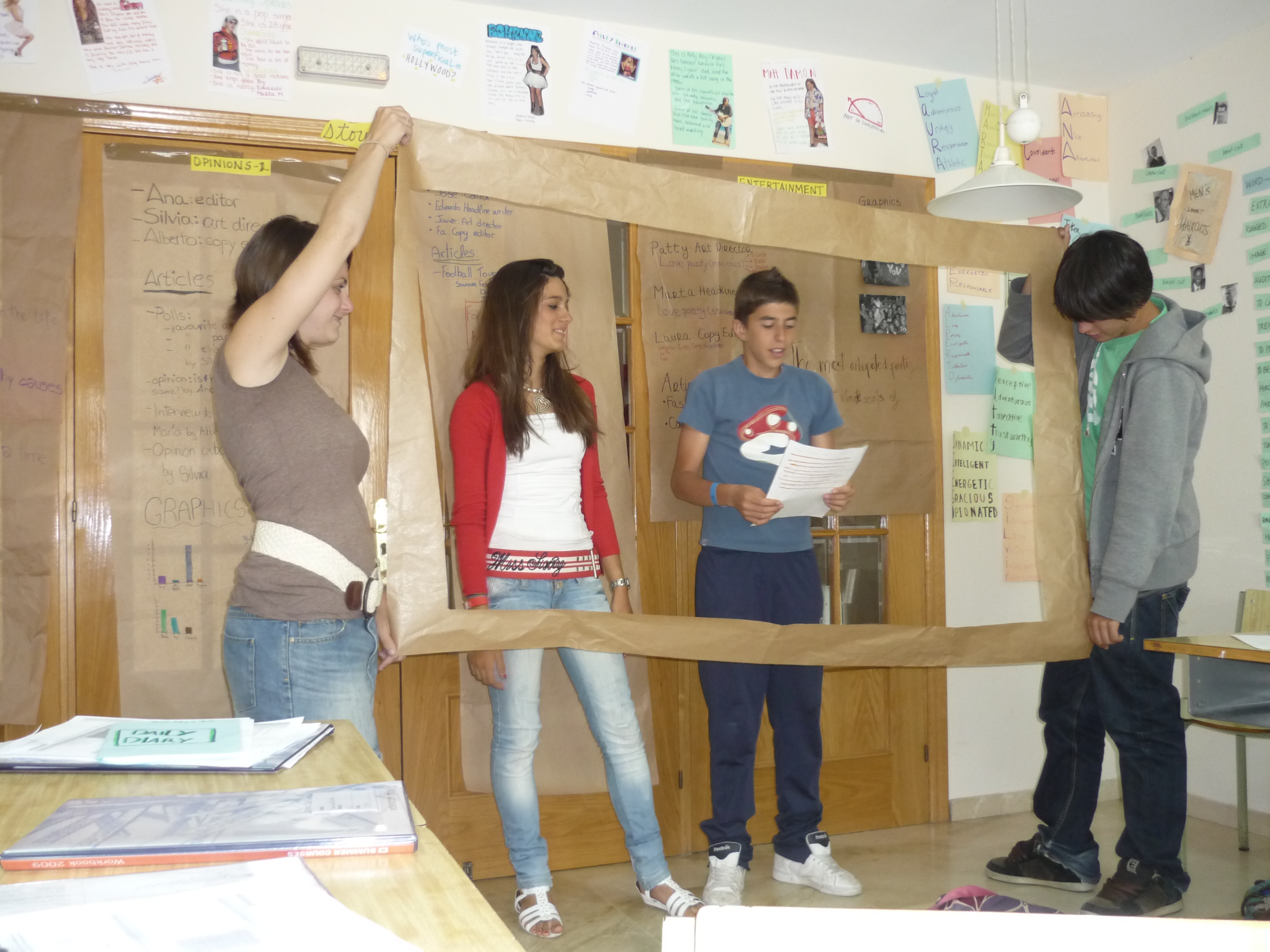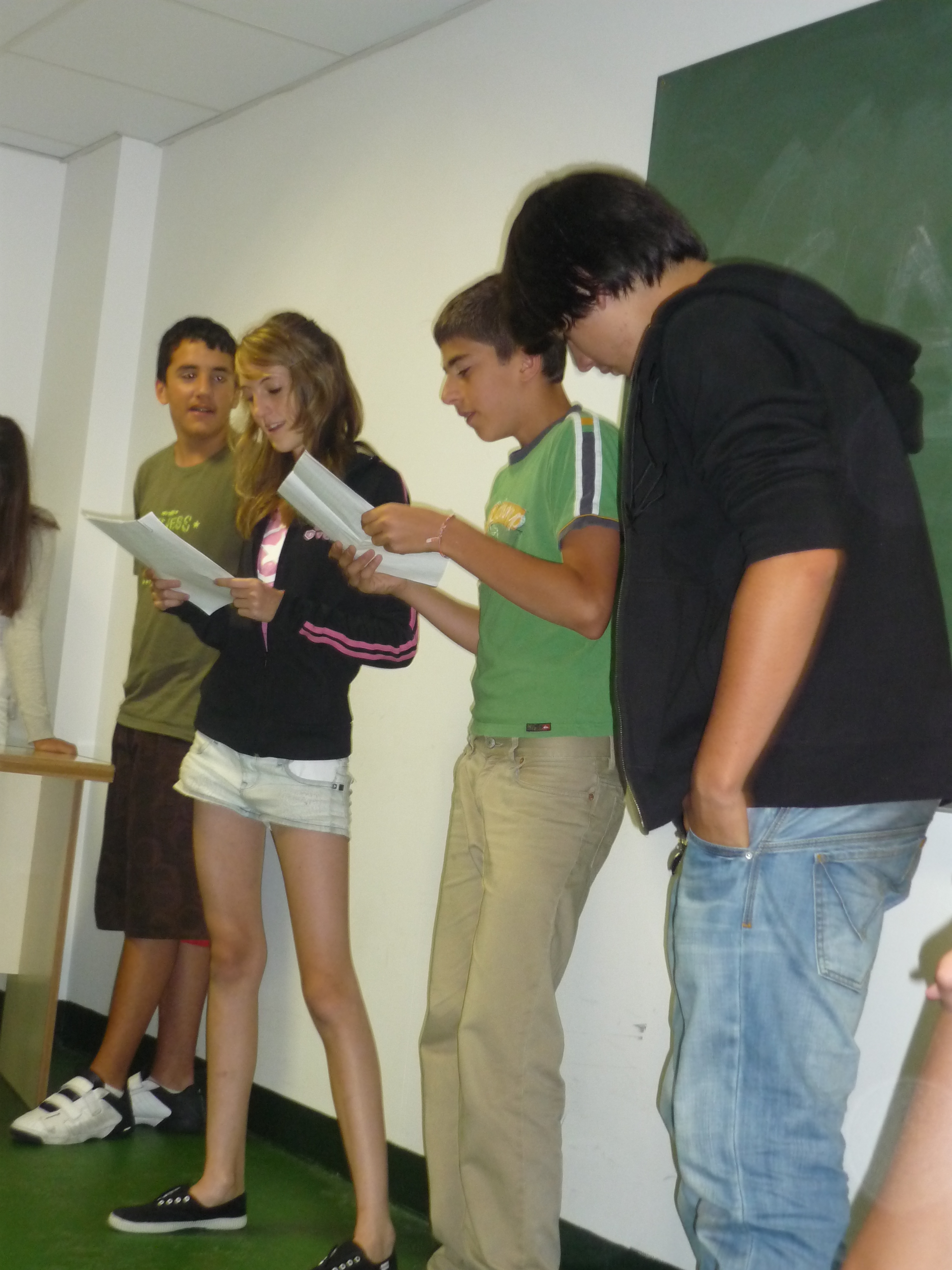I’ve never been one for Bucket Lists, but often set travel goals for myself. When I was 20, I decided to do a 25 before 25, making a list of my top-five destinations when I moved to Spain two years later. Twenty-twelve meant no resolutions, just a few ideas for travel goals during 2012: one new country, one off-beat travel activity and one nationally recognized festival, in Spain or not.
It’s the end of May and I’ve just completed my goals. I think I shall hashtag this as #travellover. Last weekend, my sevillana half orange, La Dolan, and I went to visit Spain’s lushiest Virgin Mother, La Virgen del Rocío.
The festival of El Rocío is one-part religious pilgirimage, one-part full-blown fair and two parts party: those devoted to the Virgen, known as the Lady Of the Marshes or the White Dove (Nuestra Señora de Las Marismas, for the hermitage’s proximity to the protected swampland of Doñana National Park, or the Blanca Paloma), make a pilgrimage from their towns to the immaculate white church outside the village of Almonte. This can be done on foot, on horseback, or by riding in oxen-driven carrozas, a type of temporary covered wagon. Arriving on or before the Saturday of Pentecost, often sleeping and eating outdoors, the rocieros then gather in El Rocío for a series of masses, parades and the famed salta a la reja.
We arrived just before noon on Pentecost Sunday. I wore my celestial blue traje de gitana, coral flower on my head, while Cait opted for a breezy skirt. It was over 90º out, but the rocieros were in their typical costumes: the women in trajes de gitana or faldas rocieras, a skirt with ruffles suited for walking, and high leather boots. The male counterpart is a traje corto, with tight cropped pants made for horseback riding. I made a face at Cait, suddenly very hot with the sleeves of my dress and restricted in movement.
The whole village of El Rocío is like a town straight out of a Wild West film set – hitching posts set in front of modest houses, horses clopping gallantly around the sandy streets. It was difficult to walk with my espadrilles while dodging carriages, and sand soon filled my shoes.
As we neared the stark white church, a beacon against the bright blue Andalusian sky, we decided to visit the village’s most famous resident before going any further. As we neared, the tamboril drums and simple flutes that characterize the sevillanas rocieras grew to a furor, and the crowd standing under the scalloped entrance of the hermitage suddenly parted. The Pentecost mass had just ended, and a parade of the simpecaos, the banners carried by the different religious groups, had begun.
The knots of people ebbed and moved as the 110 hermandades, yes the same kind from Holy Week, from around Spain presented their faithful before the church and moved around the village’s dusty streets. From simple to elegant, each carry a symbol of the Virgen del Rocío. The pilgrimage dates back to the 17th Century, with the hermandad from Almonte, el Matriz, being the oldest. Following the banner come women in two straight lines on either side of the simpecao, carrying long silver staffs topped with images of their brotherhood’s virgen. Their necks were emblazoned with the same silhouette in the form of heavy pendants on the end of multi-colored rope cords.
The festival at the Aldea is characterized by religious devotion, of course, but there’s much more to it. As Cait and I reflected over our first action-packed hour, we listened to other bar-goers recount their tales. Once the hermandades arrive to El Rocío through the various routes from the East, West and South, they settle into houses that look like a giant corral or hotel around a central patio, with room for the carrozas and horses behind. Gines, Olivares, Villamanrique and Triana have enormous patios, and we peeked in to see the merriment between beers. People sing, dance and pray for up to one week during the pilgrimage and the celebration.
Feeling refreshed, we decided on visiting the Virgin herself. The temple is simple, white-washed, save the golden retablao and a few frescoes in the corners of the nave. Cola de batas, the boundy ruffles of the traje rociero, showed under confessional booths, and the romeros prayed to the Virgen Mother, who was kept safely behind a cast iron gate, called a reja. After praying the rosary that night at midnight, she would “jump over” the reja and be paraded around the village on the shoulders of revelers, called the salta a la reja. This is the culmination of the week’s events, and it signals the abandonment of the recinto and the camino back home.
Outside, we bought candles in the gift shop to take to the adjacent prayer chapel. There’s a life-sized statue of the Rocío that people press their candles to before lighting them and finding a place to prop them up. The whole chapel was cool, smoky and silent – a far cry from the music emanating from the casas outside.
We spent the rest of the afternoon walking through the streets, popping into bars for a beer (and relief from the hot midday sun), visiting my students from Olivares and trying to keep the sand out of our shoes. We got on the bus six hours after we’d arrived, absolutely exhausted and still bigger feriantas than rocieras.
Have you been to El Rocío or done the peregrinación? What was your experience like, especially on the road towards the Aldea? For more pictures, be sure to check out my Facebook page and become a fan for up-to-date photos and posts about Spain and Seville.
